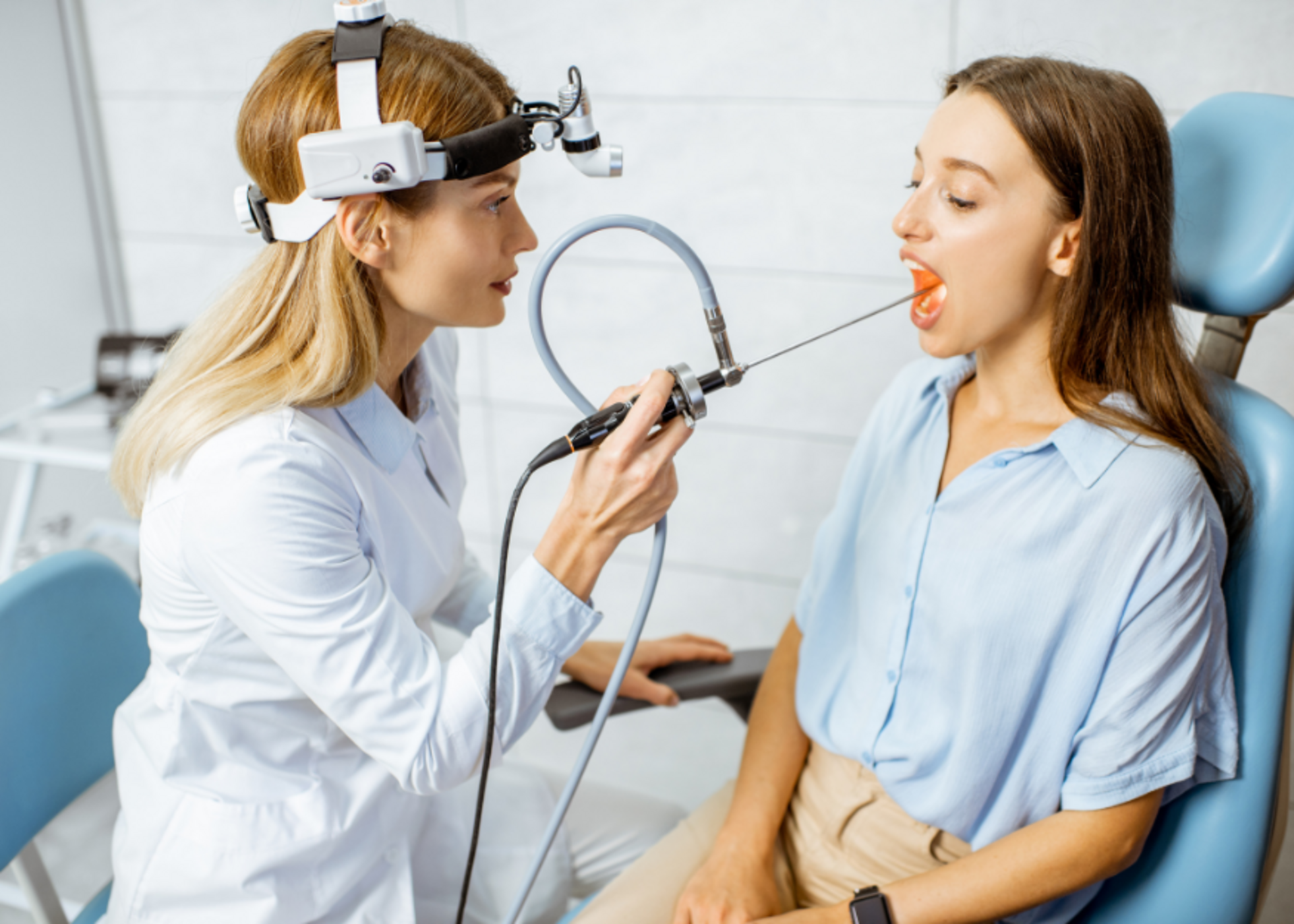Endoscopic Ultrasound (EUS) is a cutting-edge diagnostic and therapeutic tool in gastroenterology, offering unparalleled insights into gastrointestinal (GI) and surrounding structures. Dr. Rupesh Lunkad, a highly skilled gastroenterologist in Pune, specializes in performing EUS to diagnose and manage a wide array of digestive and pancreatic disorders.
This blog delves into the significance of EUS, its procedure, advantages, and why patients trust Dr. Lunkad for their advanced gastroenterology needs in Pune.

What is EUS?
Endoscopic Ultrasound (EUS) is a minimally invasive technique that combines endoscopy and ultrasound to examine the digestive tract and nearby organs. A specialized endoscope equipped with an ultrasound probe is inserted through the mouth or rectum, providing high-resolution images of the digestive tract, pancreas, liver, bile ducts, and lymph nodes.
EUS plays a dual role:
- Diagnostic: For identifying abnormalities such as tumors, cysts, stones, and inflammation.
- Therapeutic: For procedures like fluid drainage, biopsies, and delivering localized treatments.
When is EUS Recommended?
EUS is a preferred diagnostic and therapeutic modality for several conditions, including:
- Pancreatic Disorders: Detecting pancreatic cancer, cysts, or chronic pancreatitis.
- Bile Duct Evaluation: Assessing bile duct stones, strictures, or cholangitis.
- Gastrointestinal Tumors: Staging cancers of the esophagus, stomach, or rectum.
- Submucosal Lesions: Identifying and evaluating growths beneath the GI tract lining.
- Liver Conditions: Assessing portal hypertension and liver masses.
- Lymph Node Analysis: Investigating abnormal lymph nodes for cancer staging.
- Therapeutic Procedures: Draining pancreatic cysts, managing pseudocysts, or obtaining tissue samples through Fine Needle Aspiration (FNA).
Benefits of EUS Over Traditional Imaging
EUS offers several advantages compared to conventional imaging methods like CT or MRI:
- High-Resolution Imaging: Provides detailed views of internal structures.
- Real-Time Visualization: Allows dynamic imaging during the procedure.
- Minimally Invasive: Combines diagnosis and therapeutic intervention, often eliminating the need for open surgery.
- Precision in Biopsy: Ensures accurate sampling of lesions or lymph nodes.
Preparing for an EUS
Dr. Rupesh Lunkad emphasizes proper preparation for a seamless and safe EUS procedure. Key steps include:
- Fasting: Patients are advised to avoid food and drinks for 6-8 hours before the procedure.
- Medication Review: Blood thinners or other medications may need to be paused. A detailed medical history helps guide preparation.
- Health Condition Disclosure: Inform the doctor about existing medical conditions, such as allergies, diabetes, or heart disease.
The EUS Procedure
EUS is performed under sedation to ensure patient comfort. The procedure involves the following steps:
- Sedation: Patients are given sedatives or anesthesia to relax.
- Endoscope Insertion: The specialized endoscope is introduced via the mouth (for upper GI tract) or rectum (for lower GI tract).
- Ultrasound Imaging: High-frequency sound waves create detailed images of the target area.
- Therapeutic Interventions (if needed): Procedures such as biopsies, fluid drainage, or cyst ablation may be performed.
Post-Procedure Care
After EUS, patients are observed for a brief period as the sedatives wear off. Dr. Lunkad provides tailored post-procedure care instructions, which usually include:
- Rest: Avoid strenuous activities for the rest of the day.
- Symptom Monitoring: Report symptoms like abdominal pain, bleeding, or fever promptly.
- Dietary Guidelines: Resume a normal diet as advised, avoiding spicy or heavy meals initially.
Potential Risks of EUS
While EUS is generally safe, there are rare risks, including:
- Bleeding: Particularly after biopsies or therapeutic interventions.
- Infections: May occur but are preventable with antibiotics.
- Perforation: Rare, involving injury to the digestive tract wall.
- Pancreatitis: A potential complication in pancreatic procedures.
Dr. Lunkad's expertise minimizes these risks, ensuring optimal outcomes and safety.
Diagnostic Applications of EUS
EUS is invaluable for diagnosing complex conditions:
- Pancreatic Cancer: Early detection and staging improve treatment outcomes.
- Bile Duct Stones: Identifying stones that may not be visible on other imaging modalities.
- Submucosal Tumors: Detailed evaluation of lesions under the digestive tract lining.
- Cyst Assessment: Differentiating benign cysts from malignant ones.
Therapeutic Applications of EUS
Beyond diagnosis, EUS is increasingly used for therapeutic interventions, including:
- Cyst Drainage: EUS-guided drainage of pancreatic or other cysts.
- Fine Needle Aspiration (FNA): Collecting tissue or fluid samples from tumors or lymph nodes.
- Pseudocyst Management: Draining fluid collections around the pancreas.
- Cancer Treatments: Delivering localized therapies like tumor ablation.
EUS is a game-changing procedure in the field of gastroenterology, offering unmatched precision in diagnosing and treating complex GI and pancreatic conditions. Under the expert care of Dr. Rupesh Lunkad, patients in Pune can expect world-class EUS services and personalized care.
If you are experiencing unexplained abdominal pain, jaundice, or suspect a GI condition, consult Dr. Lunkad today to explore how EUS can provide clarity and relief.
Read More:
Read More:
Did you find this topic helpful?